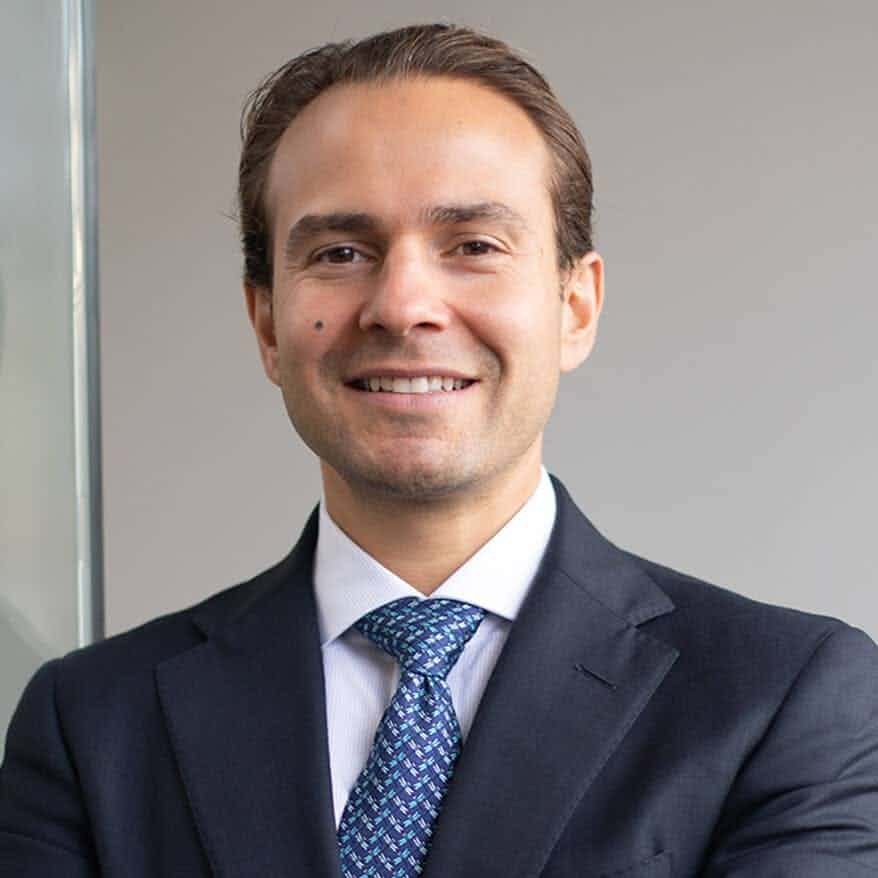This case involves a female patient with significant left foot anatomical deformity. Specifically, her first metatarsal, second metatarsal, third metatarsal, and fourth metatarsal were dislocated. The medial aspect of her foot was misaligned which hindered her gait. She injured her foot a week before she underwent laparoscopic cholecystectomy. One month after the procedure, she presented to her primary care physician with foot pain. A bilateral Doppler ultrasound was performed to rule out DVT. The erythema and inflammation persisted. The patient subsequently saw an orthopedic surgeon. Imaging was performed and she was diagnosed with a moderate to large calcaneal spur and posterior tibial tendonitis. The patient was placed in a cast to immobilize the joint for one month. This was unsuccessful, and the patient had continued pain localized to the posterior tibial tendon. The orthopedist then recommended a tendon transfer. A second orthopedist was consulted, and he diagnosed a posterior tendon tear and purposed left triple arthrodesis with bone graft. An operation was then carried out. Preoperative diagnosis was as follows: left foot pes planus with arthritis. The physician performed a left triple arthrodesis, tendon achilles lengthening and proximal tibial bone graft major. Seventy-three screws were placed from the calcaneal tuberosity into the talas, and two 4.0 counter screws into the talonavicular joint, one medially and one laterally due to soft bone, and an Integra bone staple across the calcaneal cuboid joint was also placed. After repeated visits, the patient’s foot never healed, and the orthopedic surgeon discontinued care. Later that month, she went to a Podiatrist who she claims said her foot will never be the same. The patient had a fourth operation recommended by this provider. The patient has declined the notion at this time, as she wants to avoid further damage.
Question(s) For Expert Witness
1. When is it common to treat a patient conservatively when reconstruction is unsuccessful?
Expert Witness Response
The above represents an instance where the surgeon has to appropriately weigh risk versus benefit when making the decision for further intervention. Hence, after the first attempt to repair the patient’s foot failed, it would have likely been appropriate to pursue more conservative measures such as physical therapy and rehabilitation. It is my opinion that further procedures were very unlikely to change the patient’s prognosis. The additional surgeries likely added to the immobility and dysfunction with hardware and scar tissue.
About the author
Michael Talve, CEO
Michael Talve stands at the forefront of legal innovation as the CEO and Managing Director of Expert Institute. Under his leadership, the Expert Institute has established itself as a vital player in the legal technology arena, revolutionizing how lawyers connect with world-class experts and access advanced legal technology. Michael's role involves not only steering the company's strategic direction but also ensuring the delivery of unparalleled intelligence and cutting-edge solutions to legal professionals. His work at Expert Institute has been instrumental in enhancing the capabilities of attorneys in case preparation and execution, making a significant impact on the legal industry's approach to expert consultation and technological integration. Michael's vision and execution have positioned the Expert Institute as a key facilitator in the intersection of law and technology.



